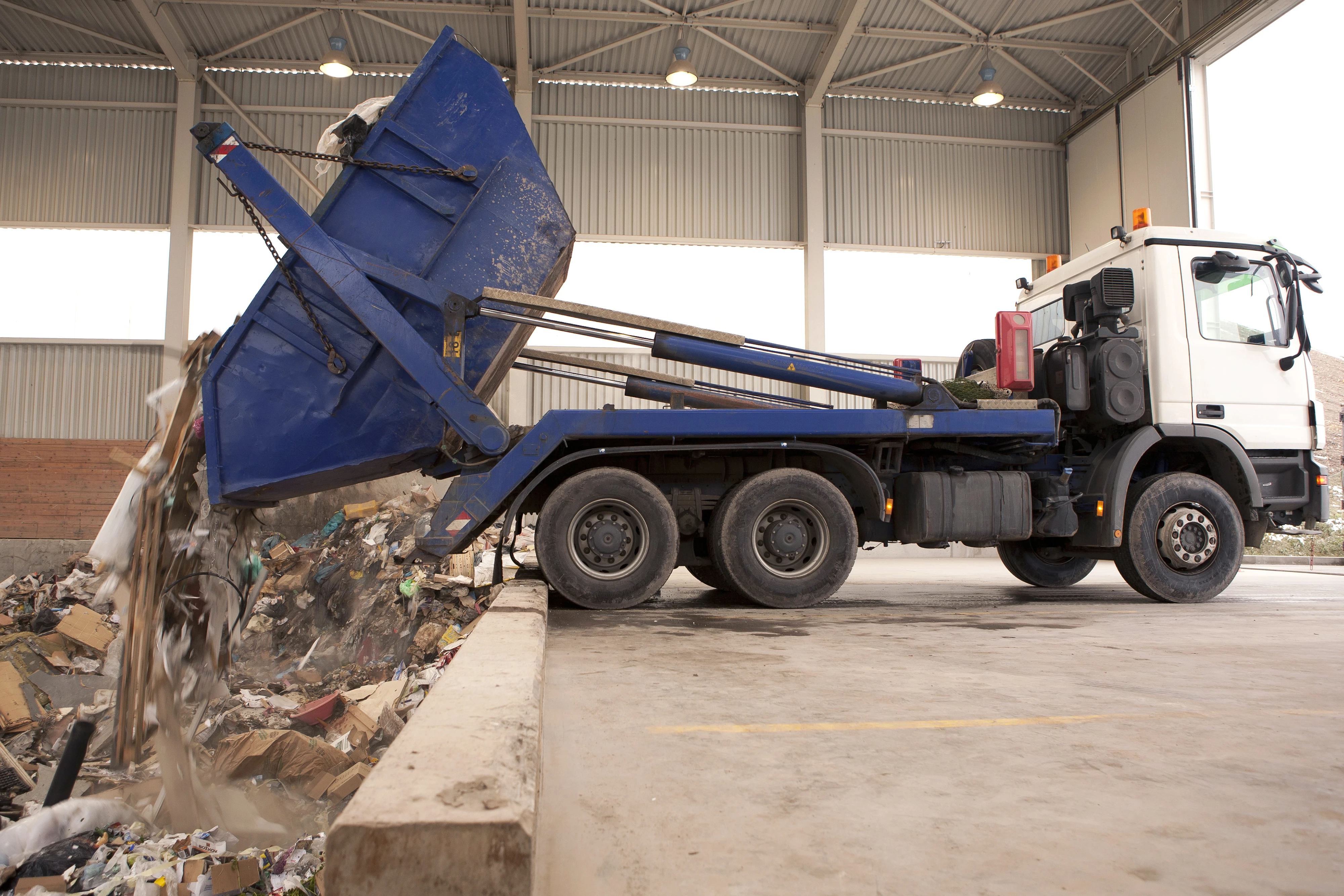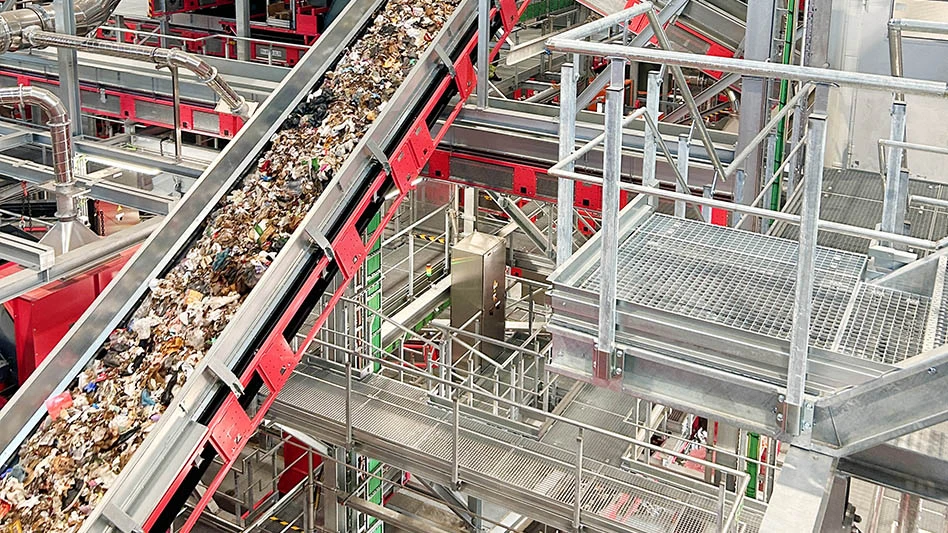
Photo provided by Adobe Stock
The Energy Information Administration (EIA) has released a report that concludes waste-to-energy (WTE) plants are a “small but steady source of electric power” in the U.S.
The EIA report studies mass burn facilities, those that burn municipal solid waste (MSW) in boilers to produce steam, as opposed to the wider overall set of waste conversion technologies.
Regarding the mass burn sector, EIA and its lead report author Mark Morey write, “Over the last decade, WTE plants in the United States generated around 14,000 gigawatt hours (GWh) of electricity each year.”
In data collected and published as part of the EIA’s Power Plant Operations Report, the organization notes the WTE sector accounts for less than 1 percent of overall electricity generation in the U.S.
“The facilities are a consistent source of baseload power,” EIA adds, which it defines as electricity that is generated at a steady rate all the time to meet electricity demand.
A chart accompanying the report shows that while the GWh figure for 2012 is above 14,000, energy produced in 2022 was closer to 13,000 GWh.
The new report says at the beginning of 2022, 60 WTE plants were operating in the U.S. The plants are located throughout the country, but according to EIA, the majority are in urban areas along the East Coast. The report characterizes WTE plants as relatively small, with an average size of 34 megawatts (MW), and no single WTE plant having a generating capacity greater than 100 MW.
“Fuel for WTE plants is primarily composed of residential solid waste but also includes some non-hazardous wastes from commercial, institutional and industrial sources,” EIA says.
As of last year, about 90 percent of the energy produced by WTE plants was being delivered to the electric grid. The remaining 10 percent consists of steam that some WTE facilities send to nearby industrial plants and institutions.
The report notes WTE plants burn two types of MSW: biogenic components, mostly consisting of organic material, including paper, and nonbiogenic material, which includes plastics. “Over the past several years, the share of nonbiogenic material being combusted has increased because more plastics and less paper and paper products are being discarded,” EIA states.
EIA says the increased share of nonbiogenic material “typically improves the output from WTE facilities because certain plastics have a higher heat content than many biogenic materials, such as yard trimmings.” In 2022, WTE facilities consumed 16.0 million tons of biogenic material and 10.3 million tons of discarded non-biogenic material.
Although the presence of plastic in mass burn plants may be growing, investments increasingly are being made to recycle more plastic through traditional mechanical recycling methods or in chemical or advanced recycling facilities in development.
In the overall energy sector, Morey writes that “WTE plants benefit from having access to a reliable, inexpensive energy source as part of their role in helping to dispose of MSW."
EIA notes the WTE plants also tend to receive tipping fees. “However, despite the low cost of the energy source and the tipping fees, which can be an additional source of revenue, WTE facilities tend to be expensive to build and operate, especially to control emissions,” the group adds.
The total number of mass burn WTE facilities has been declining this century. A Philadelphia-based not-for-profit group called the Energy Justice Network lists 48 WTE facilities that have closed since 2000. An expanded WTE plant in Palm Beach County, Florida, commissioned in 2015 is one of the few new mass burn plants to have opened this century.
Latest from Waste Today
- US Senate backs reduced cuts to EPA
- ELV Select Equipment, Reworld aid NYPD in secure firearm disposal
- Waste Connections announces Q2 results
- Returnity and Cosmoprof to address reusable bag waste
- SWANA releases report on aging WTE facilities
- New economic assessment reveals cost benefits of California’s SB 54
- Premier Truck Sales & Rental opens new facility
- TeknTrash Robotics, Sharp Group partner on humanoid robot pilot





